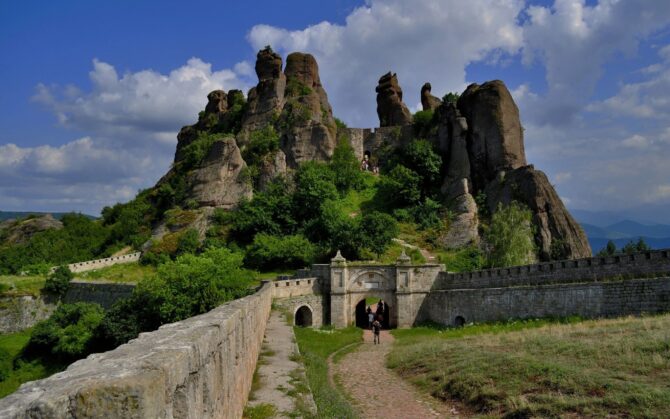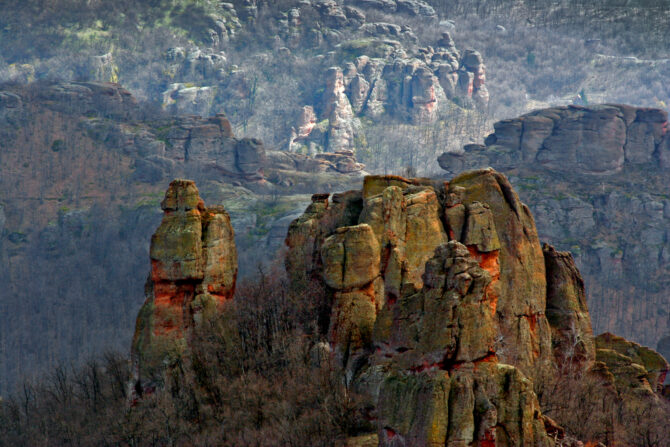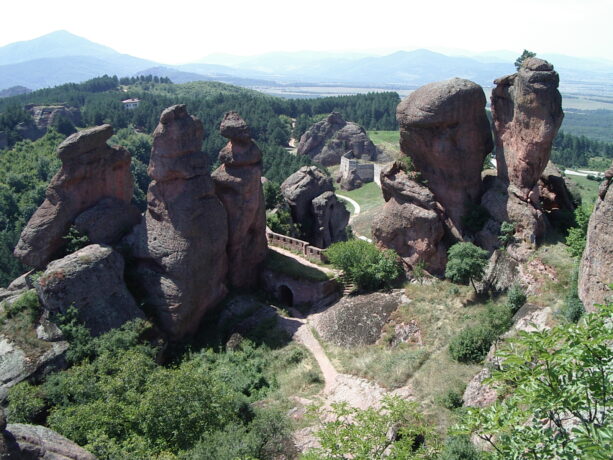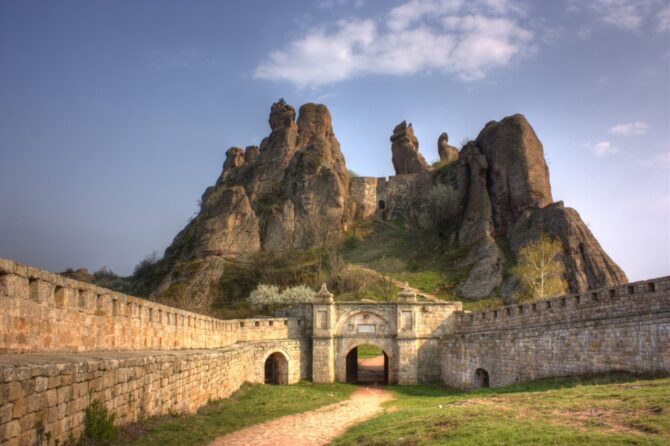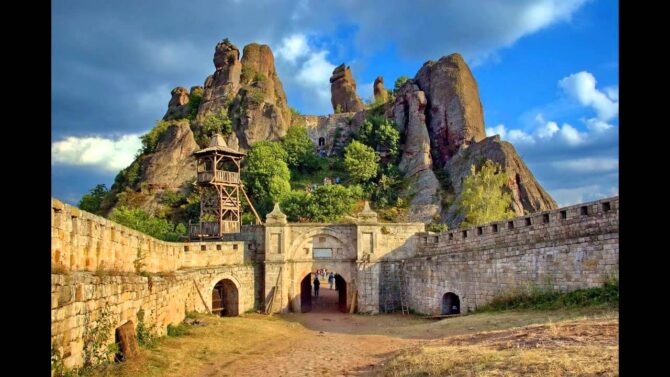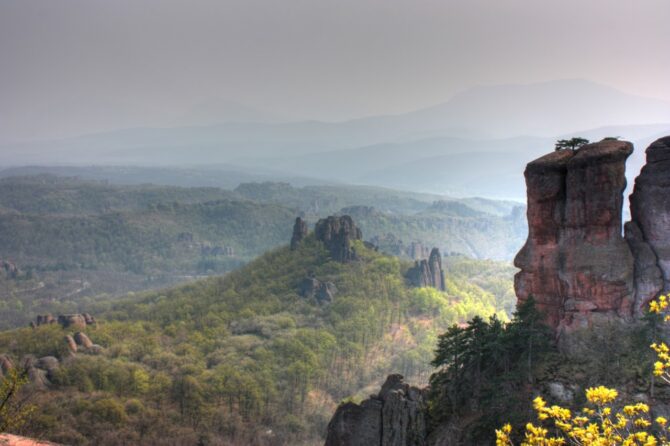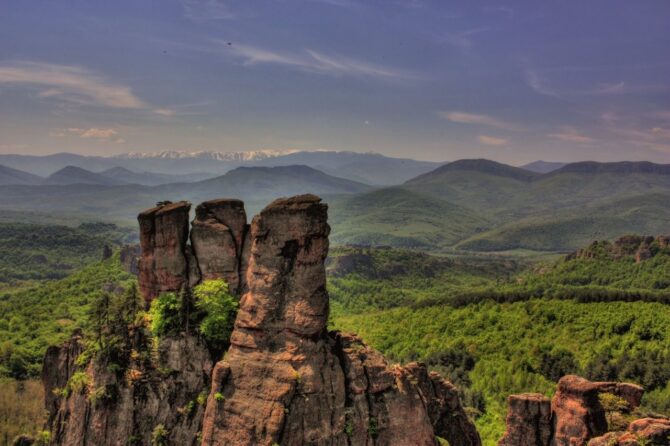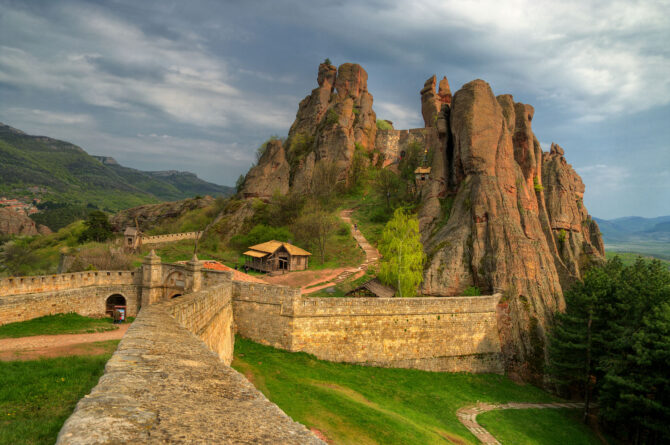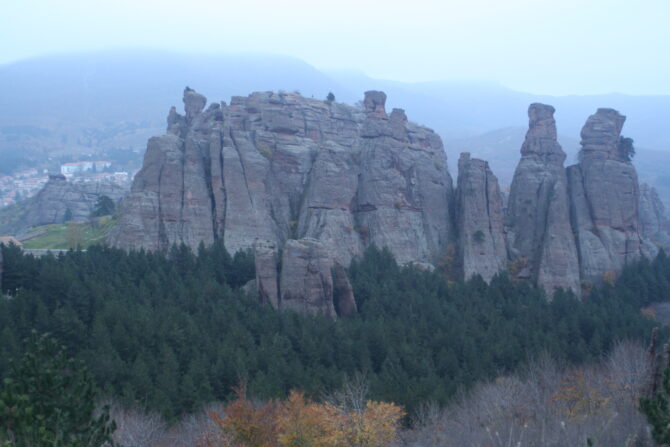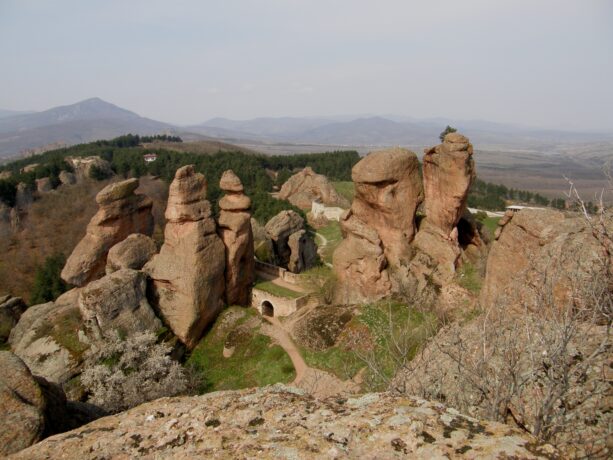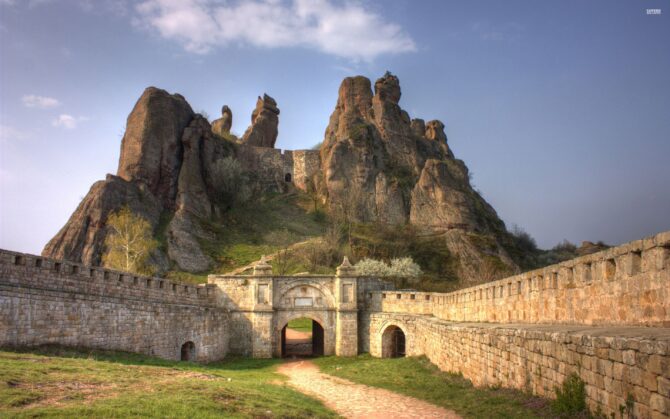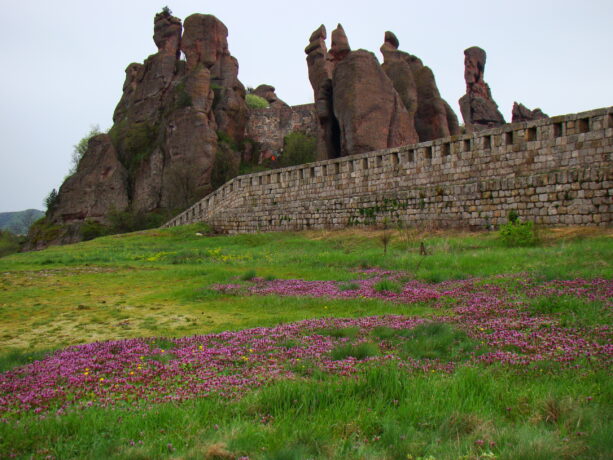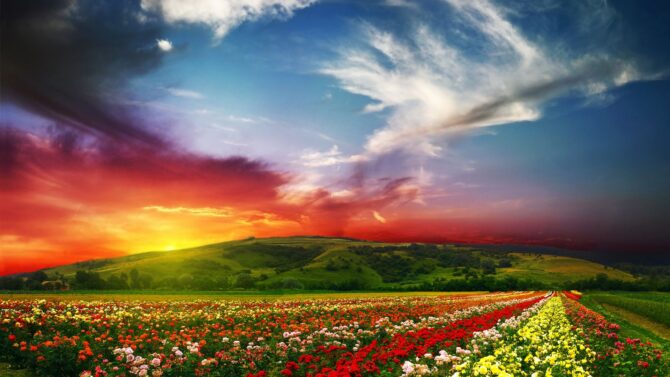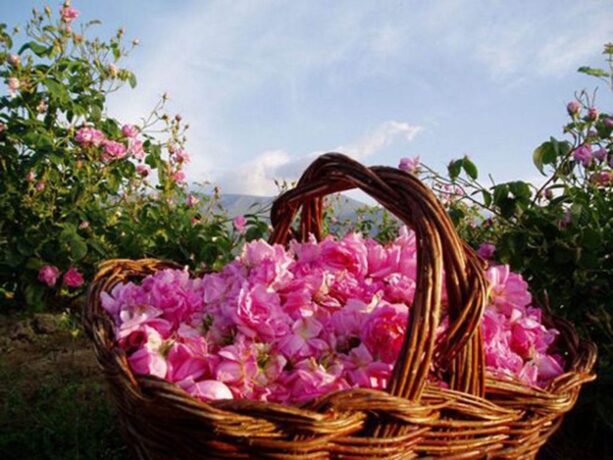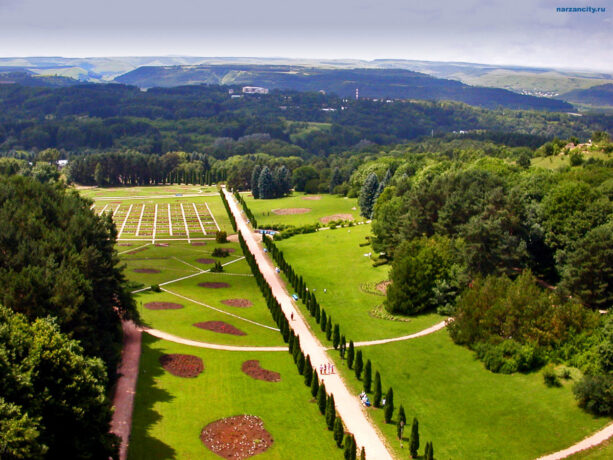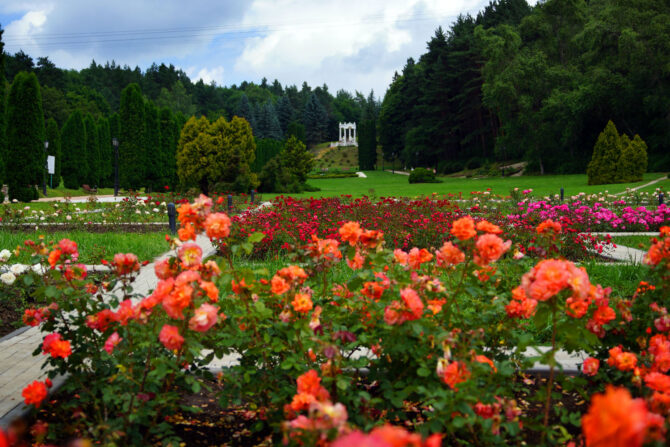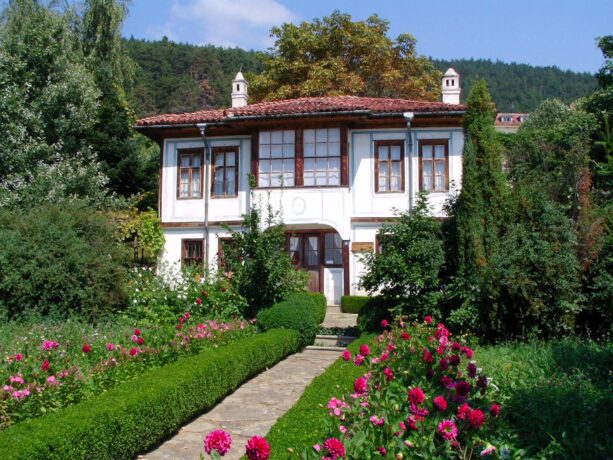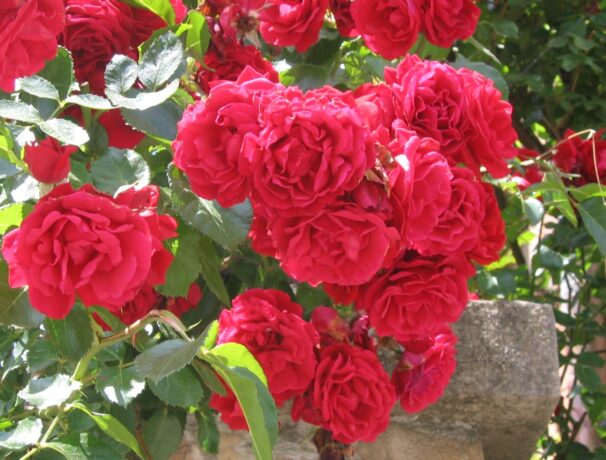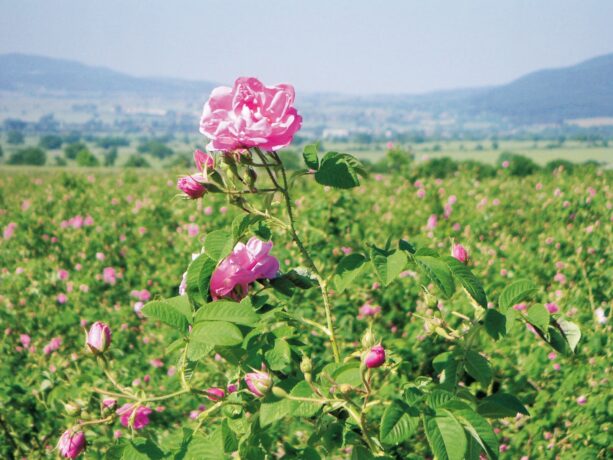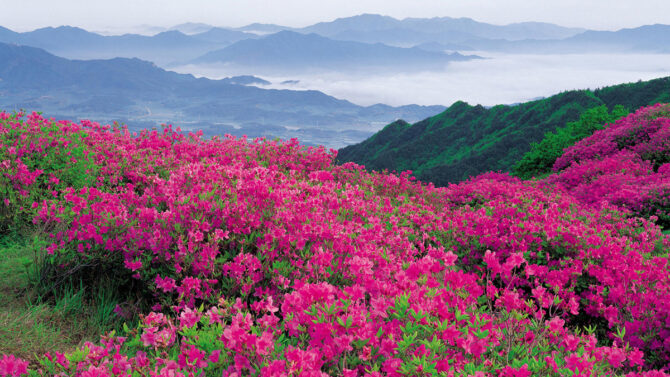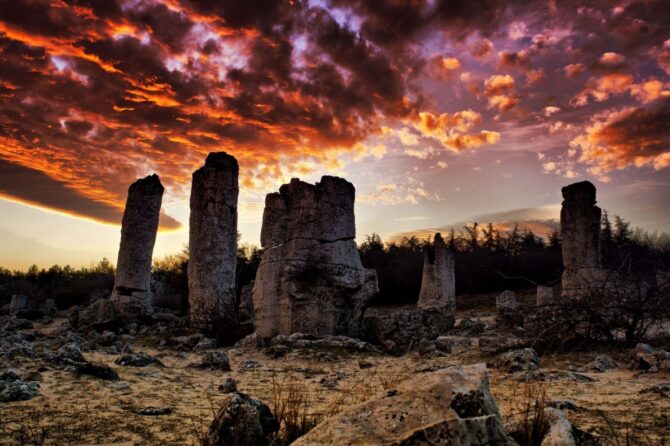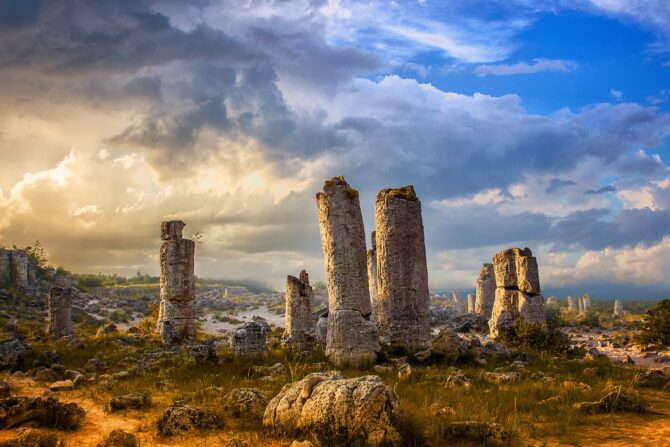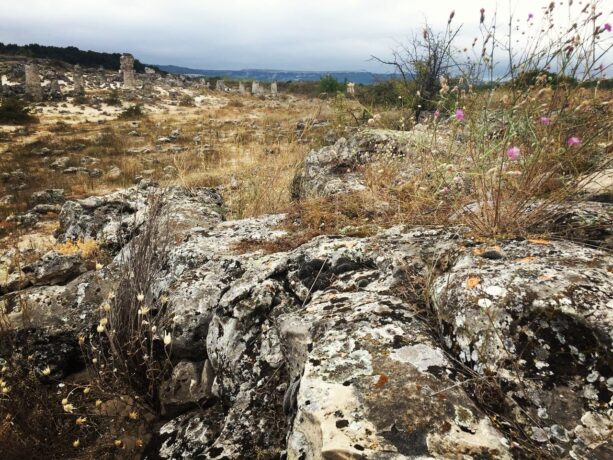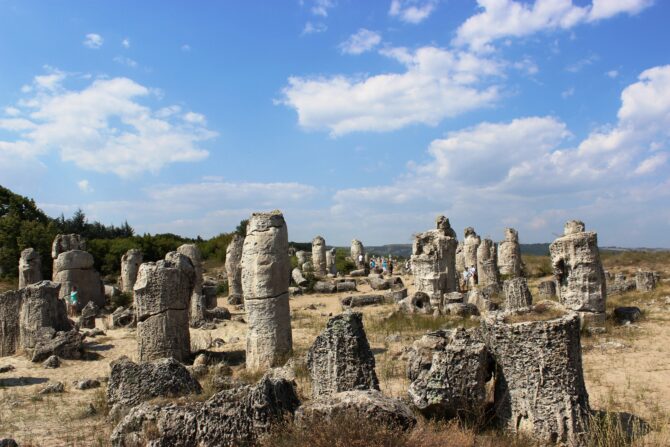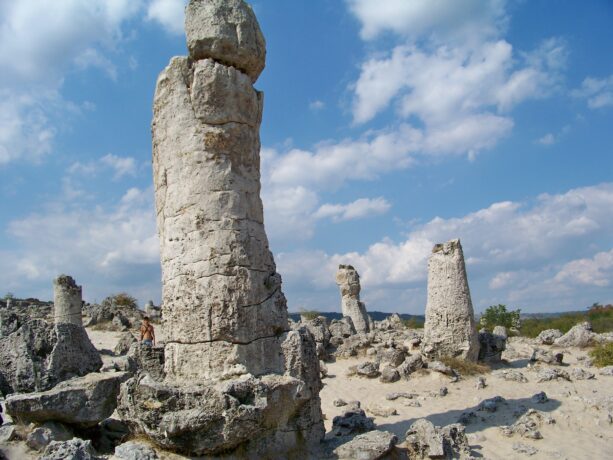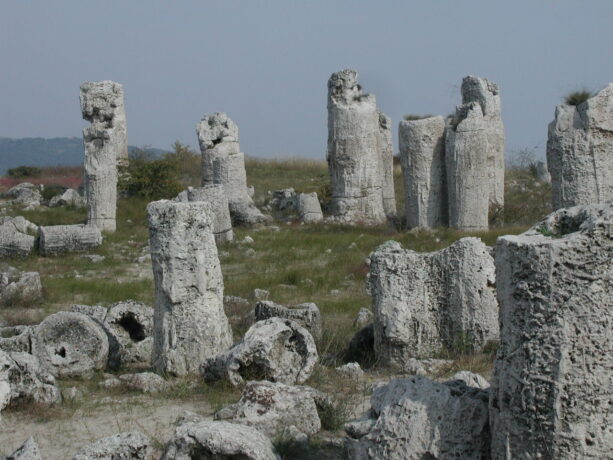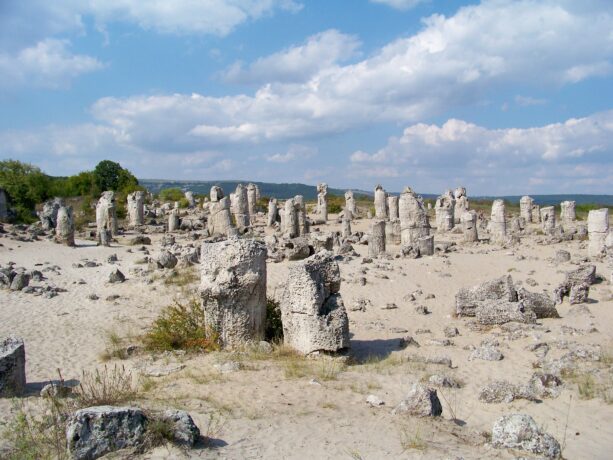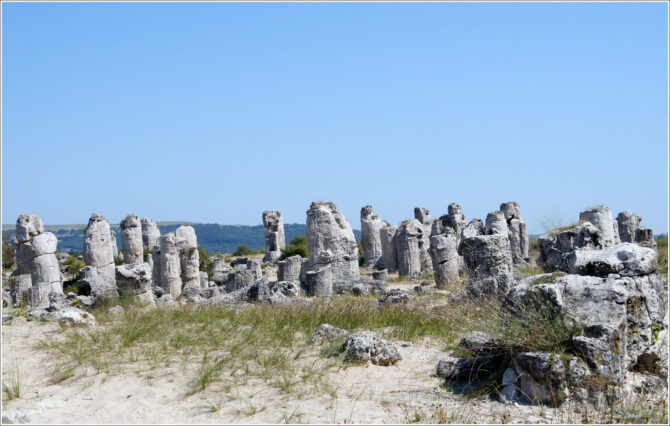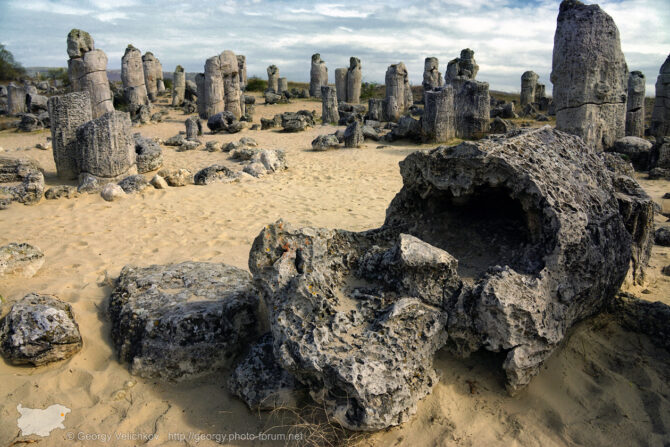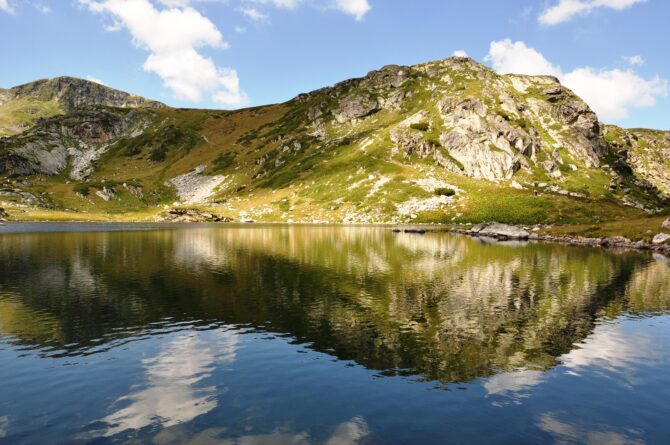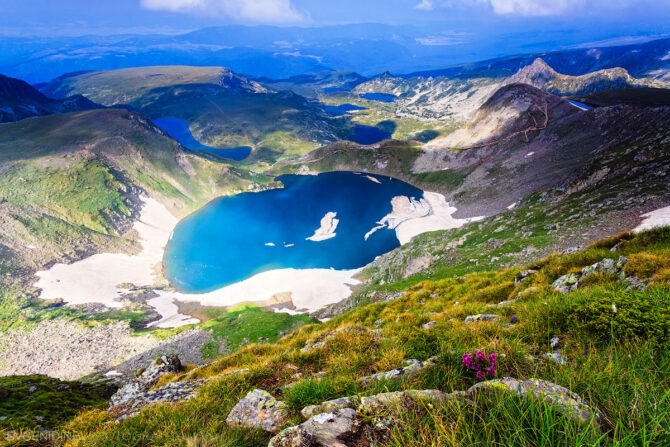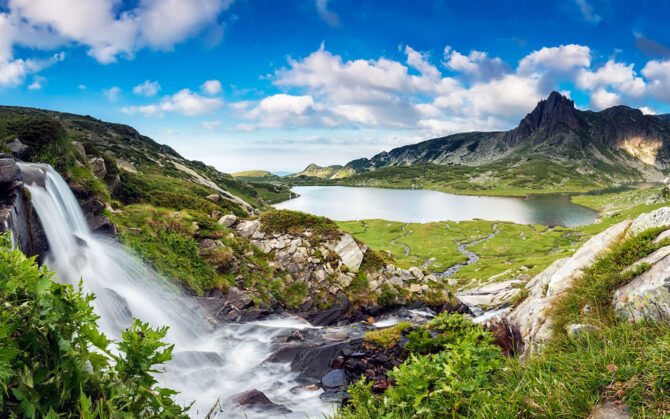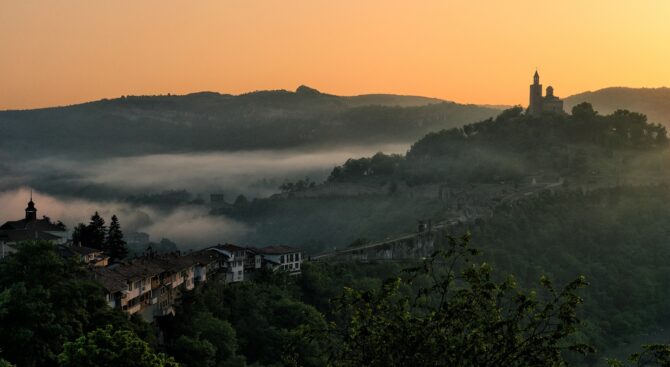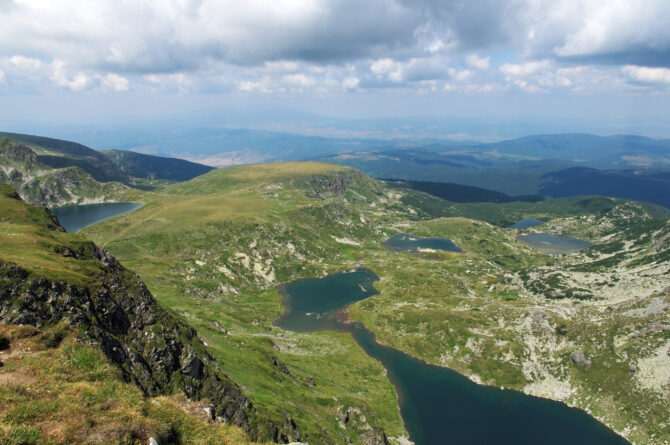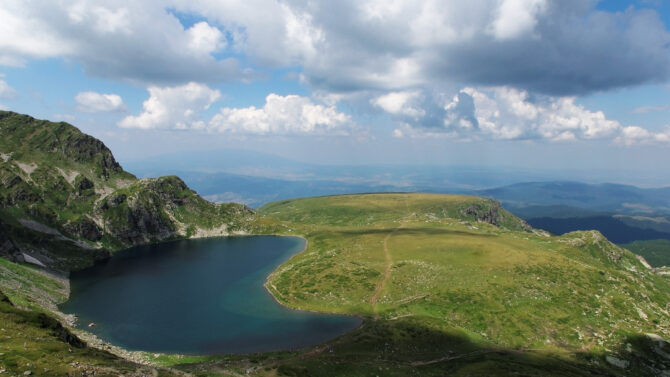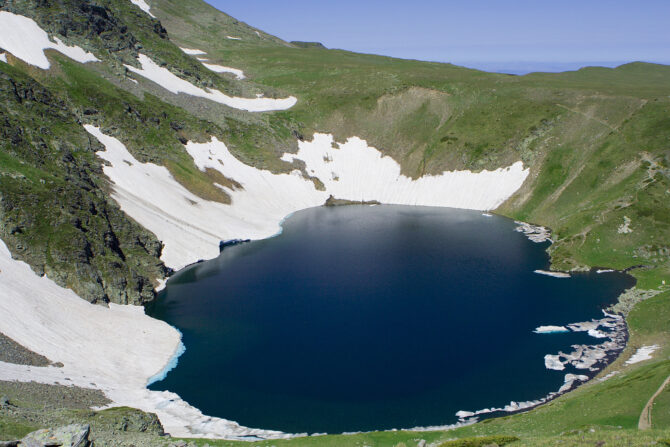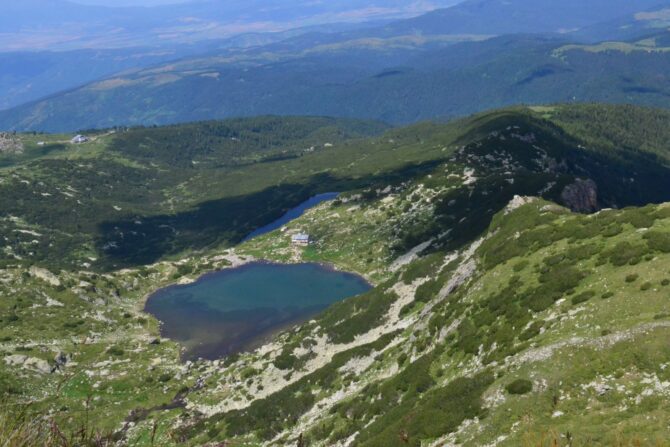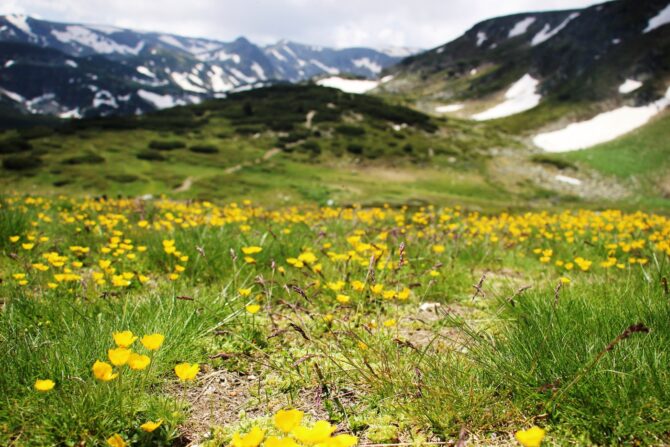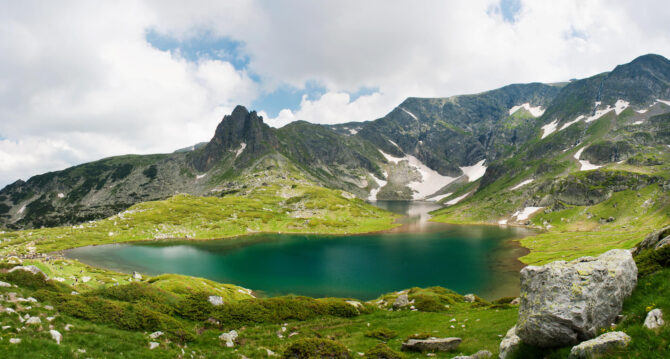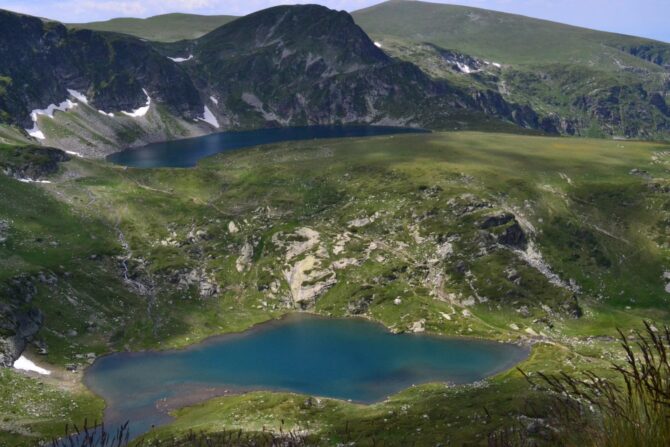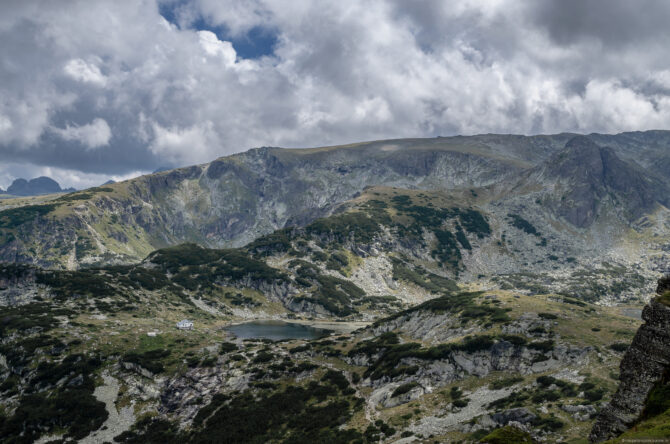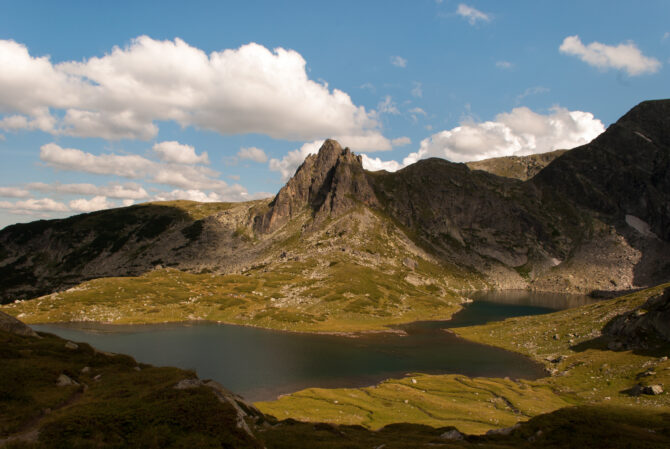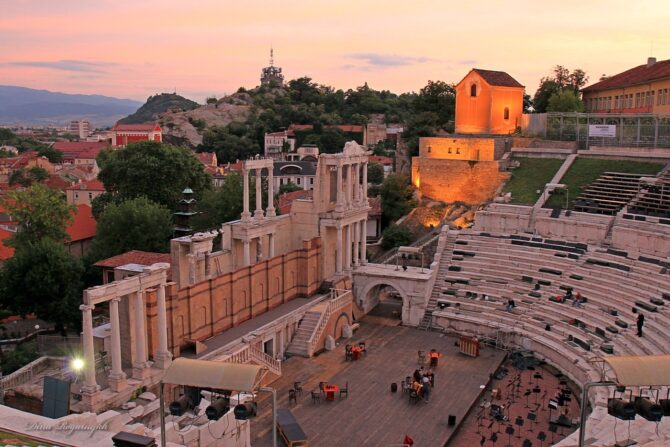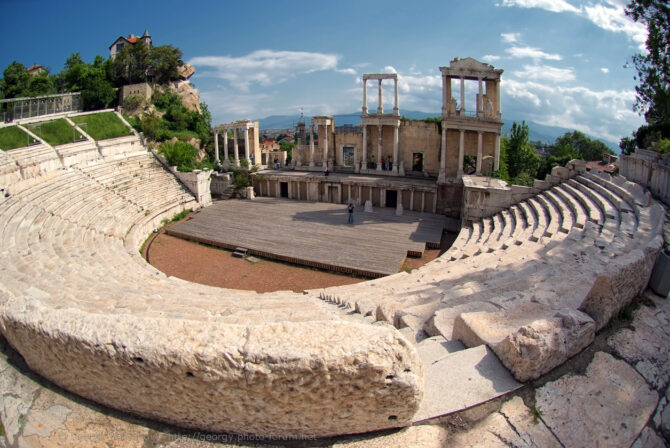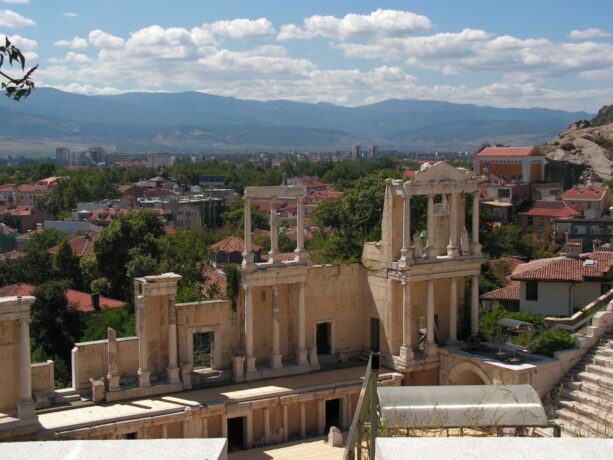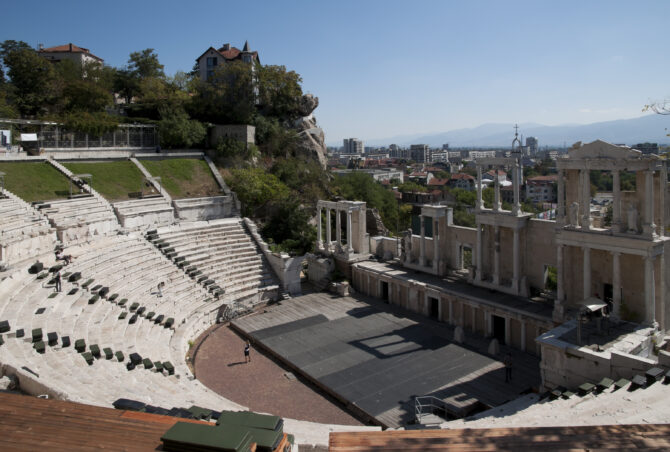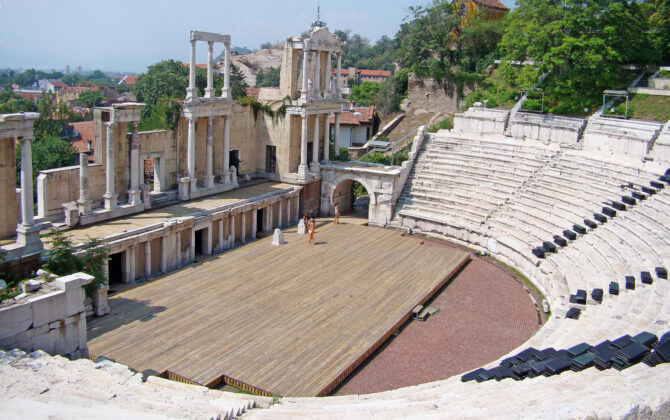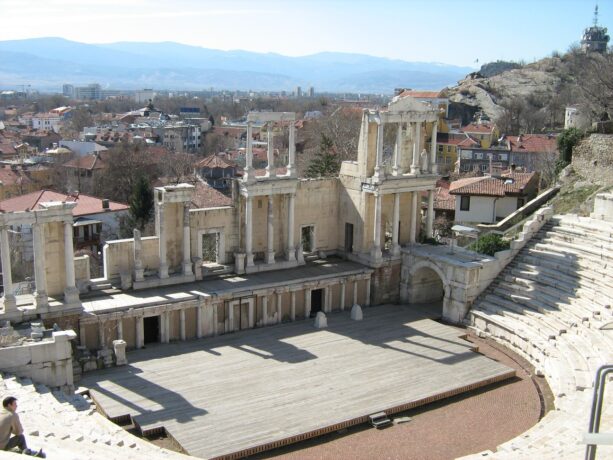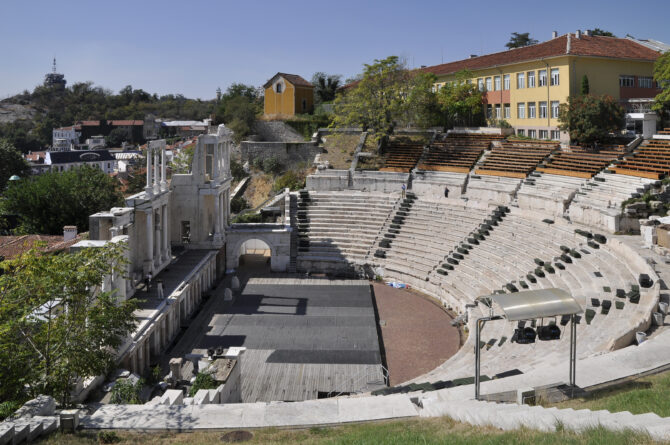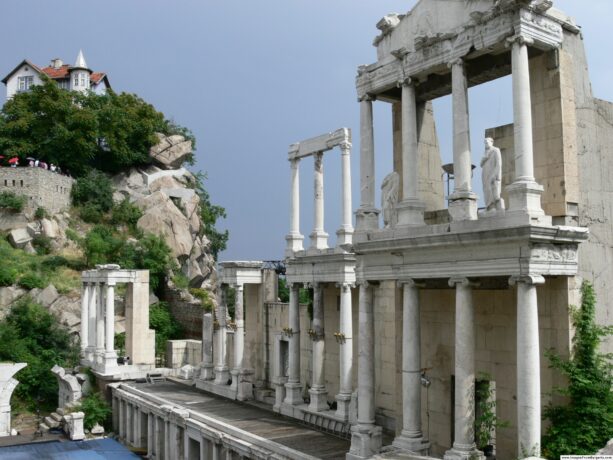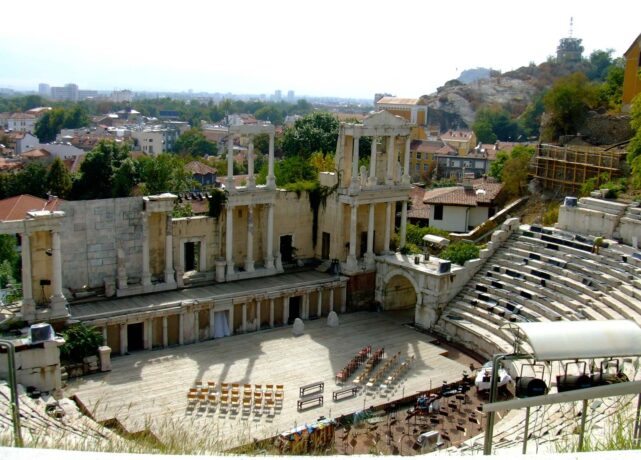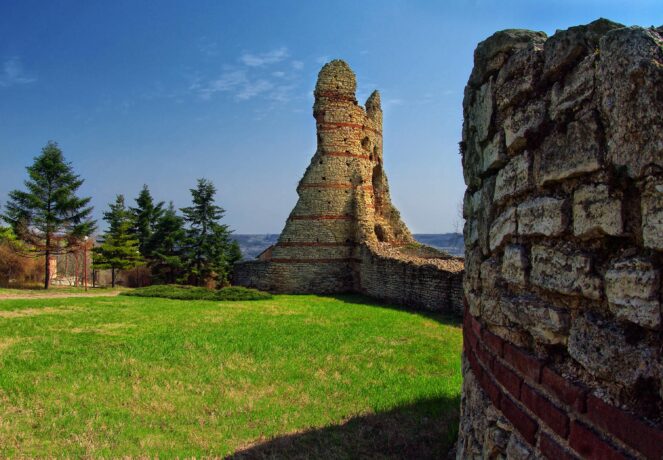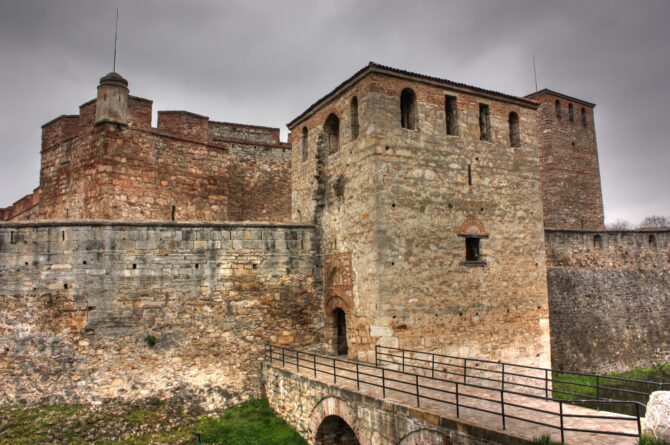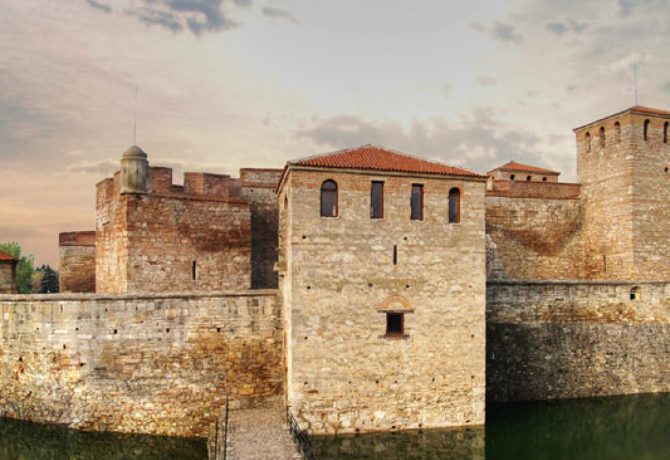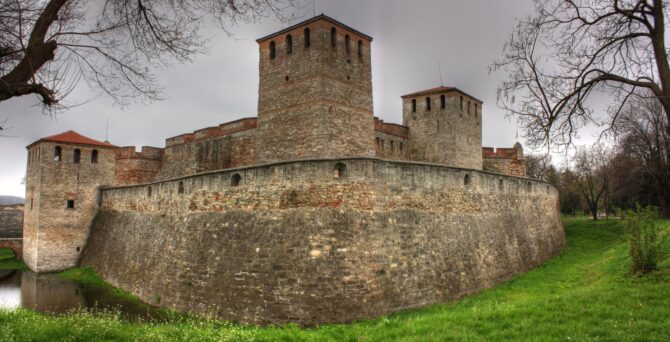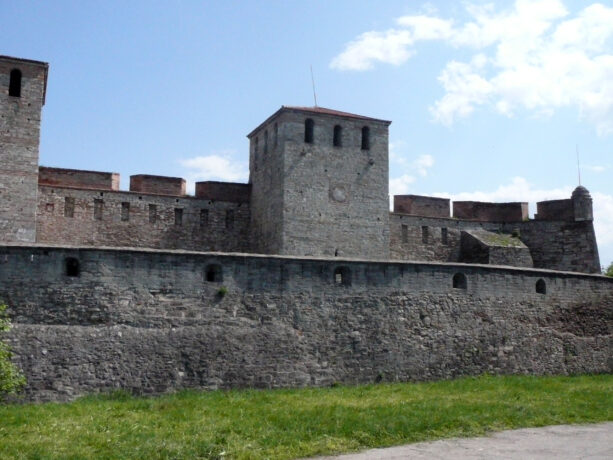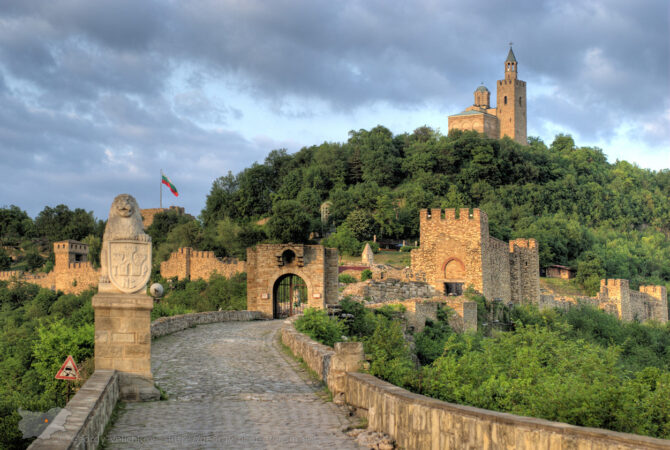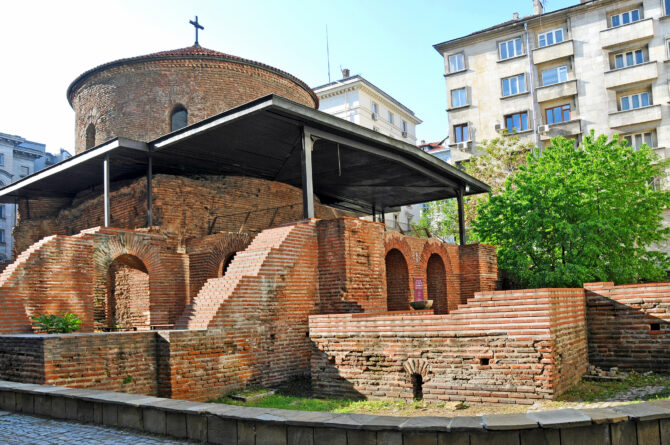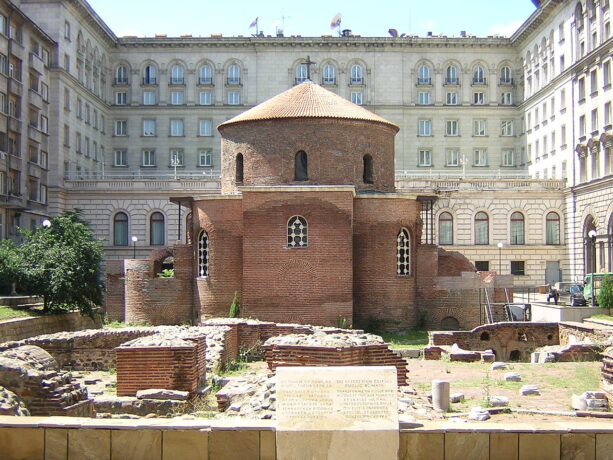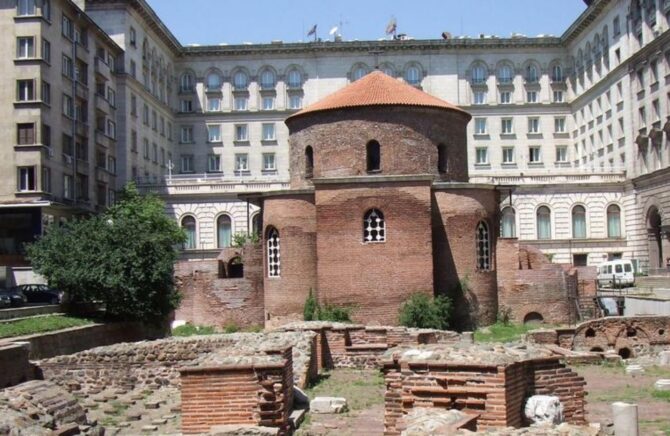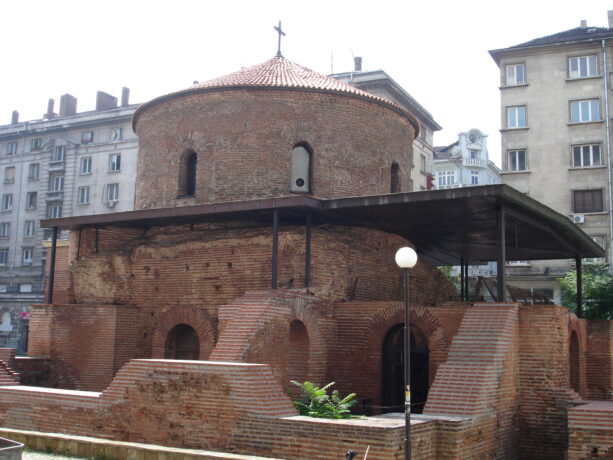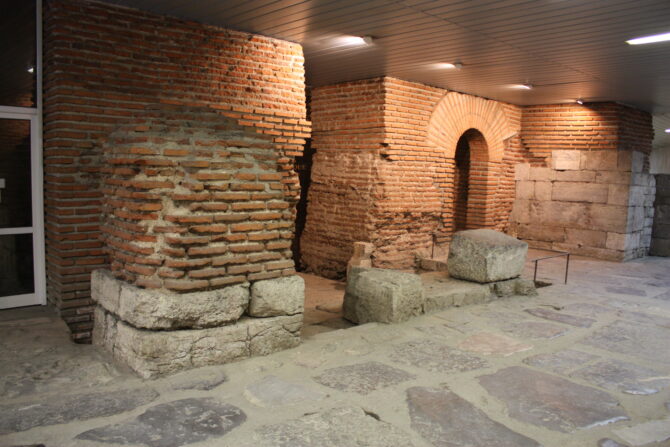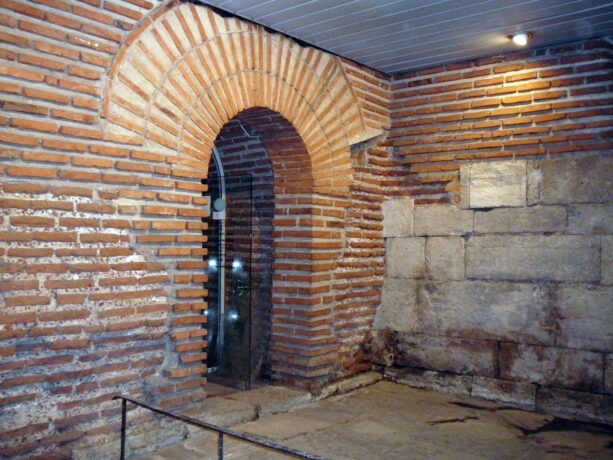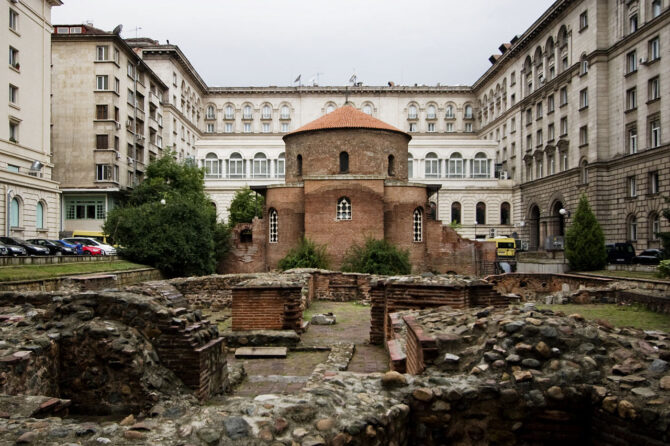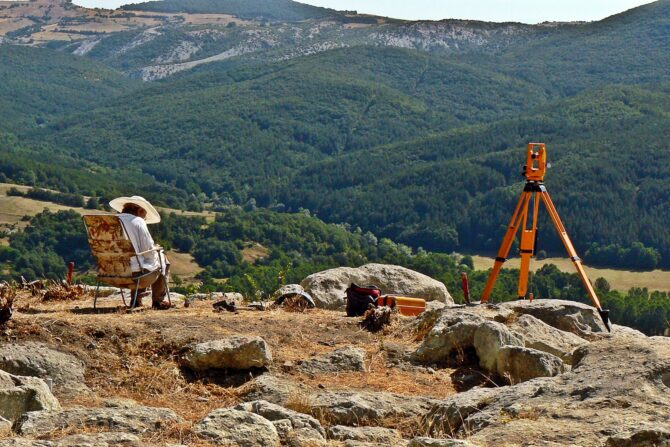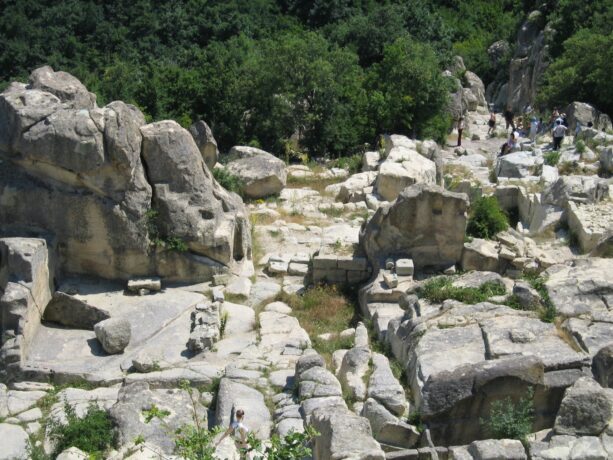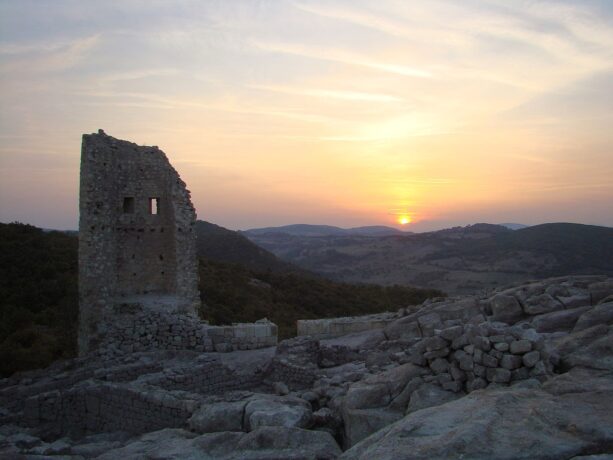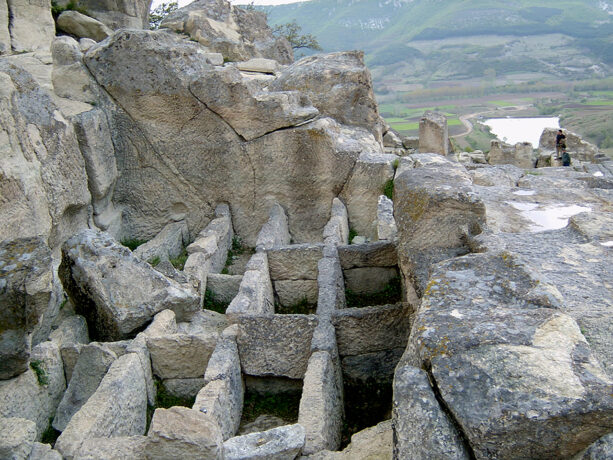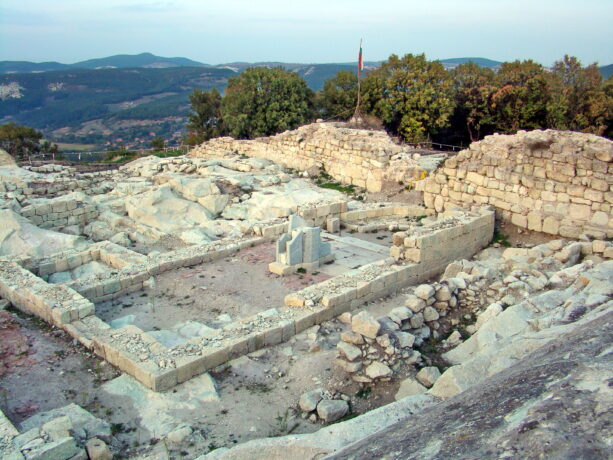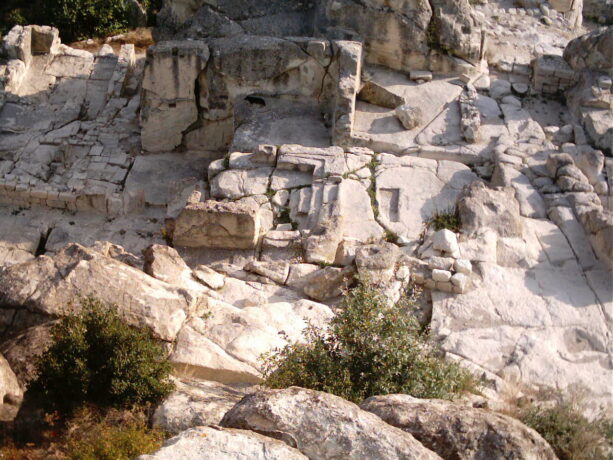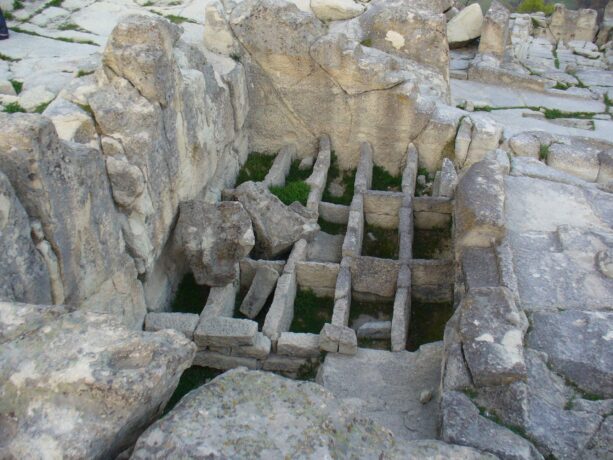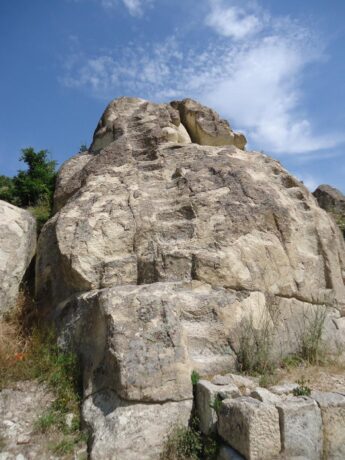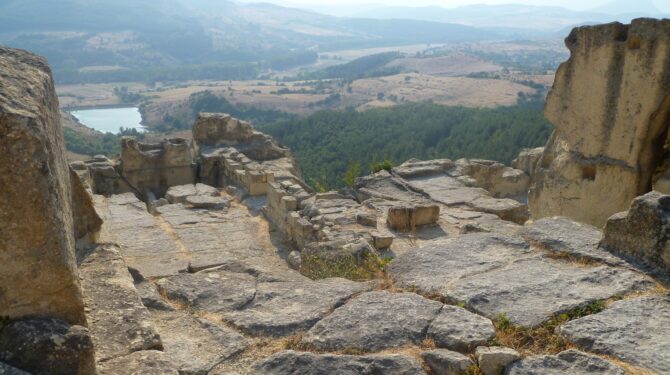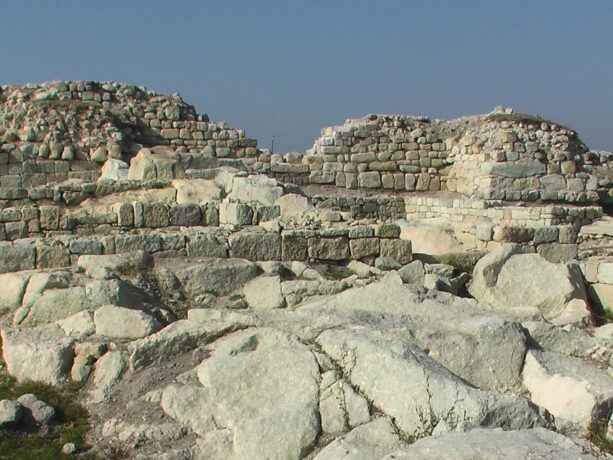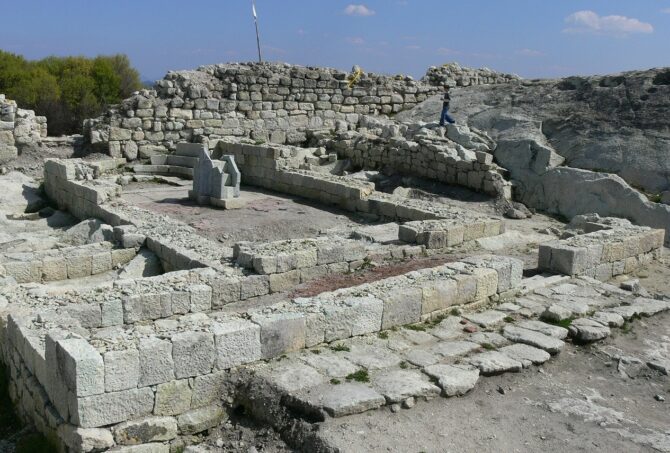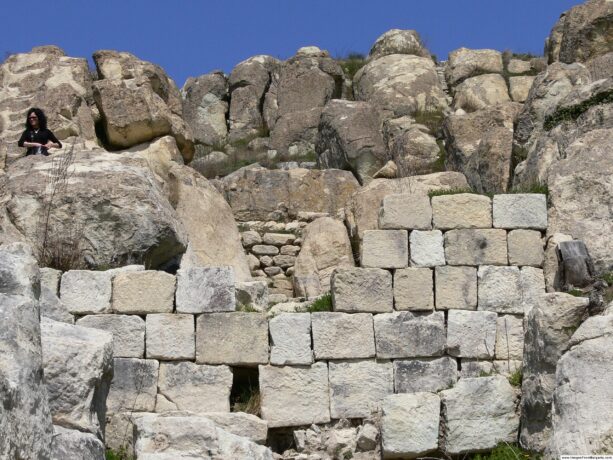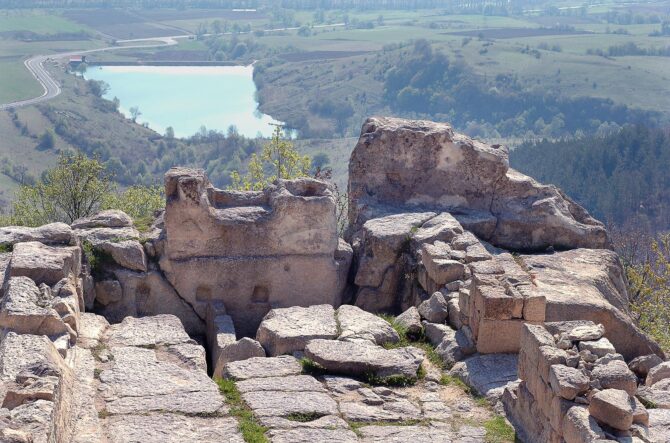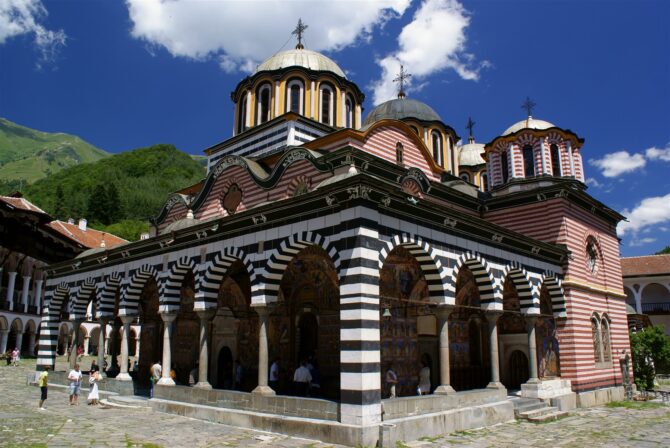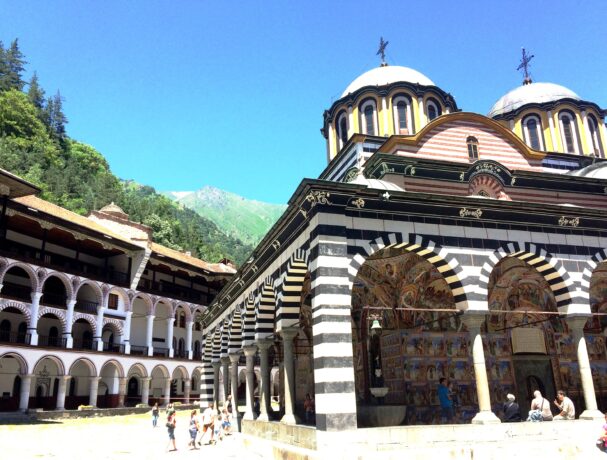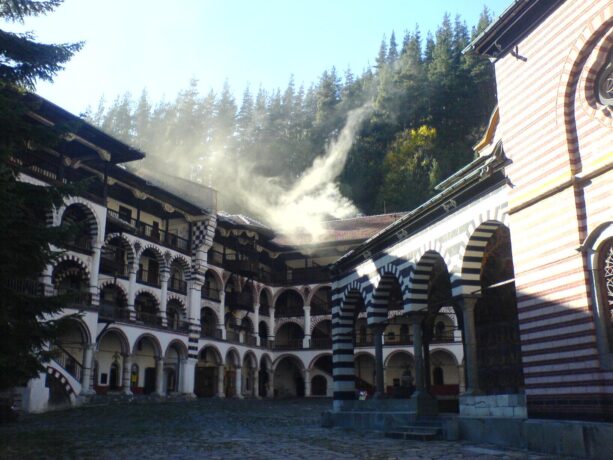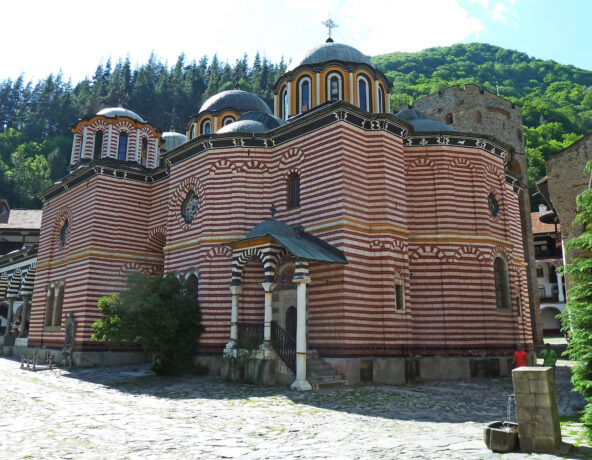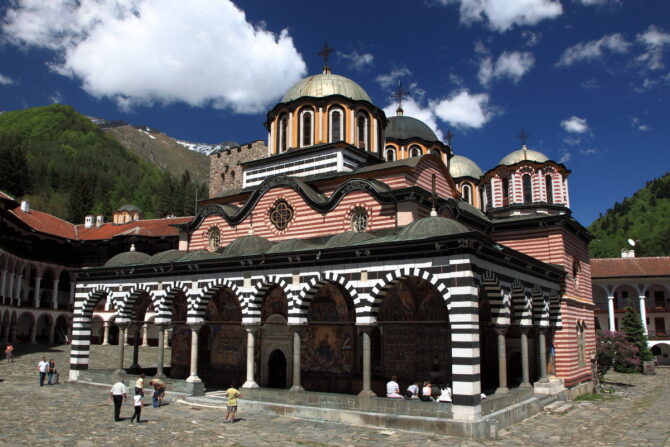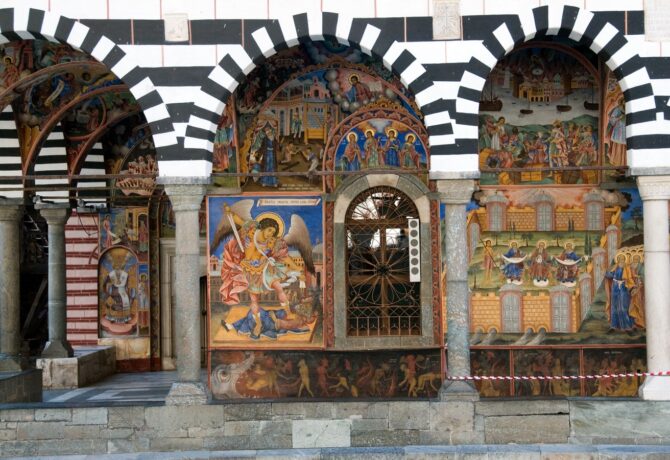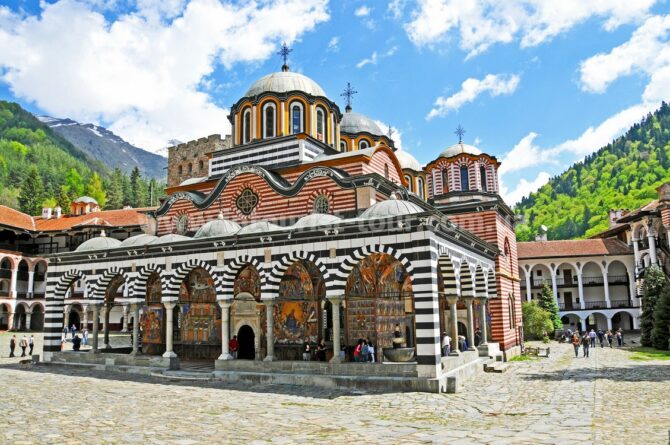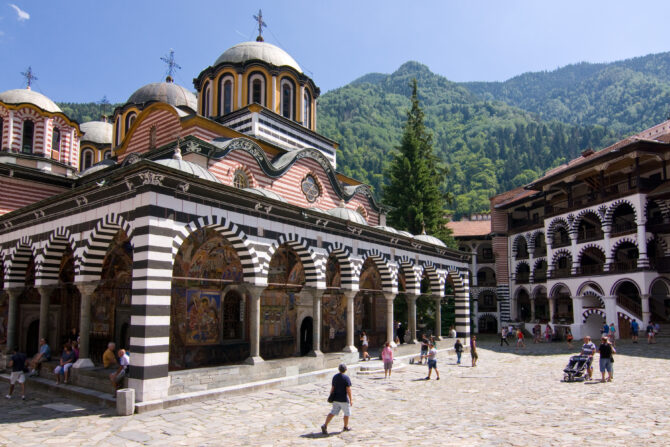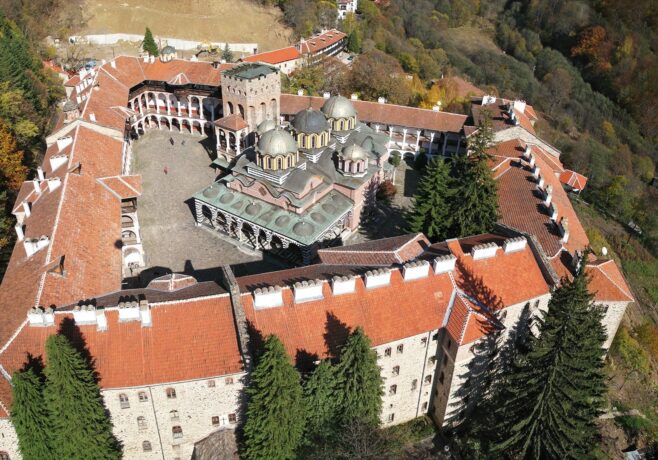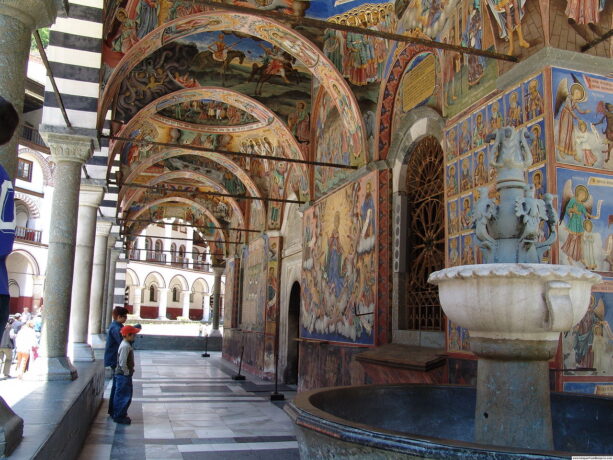Photos of the sights of Bulgaria are brought from a trip around the country by numerous foreign tourists. This country really surprises and delights with its natural and architectural monuments. The country has an excellent tourist infrastructure, which allows foreigners to spend time in the country rich and interesting.
Bulgarians are a very friendly and positive people. But on the streets of cities should be attentive to money and valuable things – crime in the country has a high threshold.
Those who are going on a tourist trip to Bulgaria is waiting for a warm welcome, a desire to help, captivate and entertain, as well as delicious food in local restaurants and the famous Bulgarian wine. In all catering establishments, quite generous portions of nourishing dishes flavored with a large number of spices are served. Almost all dishes contain vegetables.
The official monetary unit of the country is the lev. You can exchange currency at exchange offices or banks. In resort towns, there are often “money changer” who will try to convince you to exchange money at a favorable rate. Such procedures are always associated with danger.
Fortress and rocks of Belogradchik
The city of Belogradchik with its famous rocks and ancient fortress is located 160 km north of Sofia. A unique natural phenomenon – the rocks near the city attract tourists. The fortress and rocks of Belogradchik became world famous after the participation of these objects in the competition of the new “Seven Wonders of the World”.
The famous rocks were formed more than 200 million years ago during several tectonic earthquakes. After many millennia, they were blown by strong winds, there was a destruction of rocks and now the eyes of tourists appear unusual rocks with a bizarre shape. Many of them have their own names.
The fortress next to the rocks was built by the Romans. At different times, it passed into the hands of the rulers of other countries. The fortification was active until the middle of the 19th c. The fortress was constantly reconstructed, completed, while using both rocks and man-made objects.
“The place is really amazing. I wonder how the builders were able to fit this fortress into such an ambiguous mountain landscape! The rocks are also unparalleled. We spent several hours in this fortress. I will say right away, it is necessary to dress more simplely, so that it is not a pity to tear clothes, making your way through thickets of wild blackberries, which are very much here. “
Rose Valley
In the “heart” of Bulgaria near the cities of Karlovo and Kazanlak is a landmark that attracts connoisseurs of beauty – the Valley of Roses. For more than 300 years, the most beautiful flowers in Europe have been grown here, which the Turks brought to the country of India several centuries ago. Then for the first time a huge number of cuttings were planted in the picturesque valley under the stara Planina mountain.
The Valley of Roses has regularly held a festival dedicated to beautiful flowers for more than 100 years. It falls on the end of May – the beginning of June and makes residents of other countries come here. During the festival, the Queen of the Rose is chosen, who, dressed in an elegant dress and decorated with wreaths of flowers, is carried through the crowd. The chosen queen at this time sprinkles the participants of the festival with rose petals.
The unique Bulgarian climate and stable humidity allow you to grow roses with a high content of essential oils. These flowers have long been used by French perfumers to make their rarest fragrances.
“We specially planned the trip so as to get to the festival, which was held in Karlovo. Here in the air there is a unique aroma, and the valley itself, where roses are grown, looks like the artist’s creation. Very beautiful place!”
Stone forest in Varna
Near the Bulgarian city of Varna is an interesting natural object with the poetic name “Stone Forest”. Scientists are still arguing about the options for the appearance of this amazing landmark. On a huge territory, the area of which is about 700 square meters. m rise stone blocks or “trees”, as they are also called by the locals.
It is believed that if you go around the entire Stone Forest in Varna, then the traveler will be lucky in everything. The height of the stone columns reaches a height of 7 meters. Perhaps these blocks remained after the low tide of the sea and the drying of the territory, and there is also a version that these are giant stalagmites, which are at least 50 million years old.
Of particular interest to tourists is a group of stones arranged in a circle, in the center of which rises a giant column. Here you can make a cherished wish and, as they say, the Bulgarians, it will come true.
“From Varna to the Stone Forest is only 10 minutes away by car. Already from afar, this place seems mystical and mysterious. Is nature able to create such structures! The weather was warm and we walked through this forest of stone pillars barefoot, taking off our shoes. I must say that the sand here is very fine, more like dust that is clogged in sneakers. “
Seven Rila Lakes
In the west of Bulgaria, in the Rila Mountains, where the sky pierces the top of the peak of Musala, and healing mineral springs beat from the ground, there are Seven Rila Lakes – one of the main attractions of the country. Tourists visit these places to spend time surrounded by picturesque landscapes, enjoy the cleanest air and clear lake water.
Rila Lakes lie in a glacial pit next to the three famous peaks of Sukhi-Chal, Haramiyat and Otovishskaya. The lakes gradually descend from the mountains, and thanks to their unique features, they received their original names. At the highest elevation of 2535 meters above sea level is Lake Syrzata, which in Bulgarian means tear. The water in it is so transparent that you can see the bottom at a depth of 4 meters.
At lower elevations there are reservoirs with names that sound like Eye, Shamrock, Kidney, Twin, Fish, Bottom. You can get to this beautiful place by means of a funicular or by jeep for a small fee. On the shores of the lakes, tourists are offered to go horseback riding, outdoor activities, hiking in the mountains.
“The incredible splendor of pristine nature. Very beautiful place. I was surprised that tourists are brought here for money, but there are no toilets and garbage cans. If you get here on the weekend, you will have to wait a very long time for the lift – the queues are very long. We decided not to save and overpay for the jeep.”
Ancient Roman amphitheater in Plovdiv
The ancient amphitheater in Plovdiv was built in the II century under emperor Marcus Aurelius. It was a place where the inhabitants of Philippopolis had fun, watched performances of artists and gladiatorial fights. Being one of the world’s largest amphitheaters, it could simultaneously accommodate more than 6 thousand spectators.
In 1972, during a powerful landslide, the walls of the ancient structure opened. The amphitheater was built of white marble, which has been perfectly preserved for several millennia. From that moment on, reconstruction work began to return the ancient amphitheater to the residents of the city.
Today, the Ancient Amphitheater is not only a monument, next to which tourists take memorable photos, but also a place where citizens spend cultural leisure. In its arena resumed performances, performances on the occasion of solemn dates, and festive events, some of which are of world importance. This amphitheater annually becomes the venue for the Verdi Festival of Opera Art.
“The amphitheater has a non-circular shape, as it was customary to build in ancient times. Everything is decorated with marble, columns, interiors evoke emotions. Entrance here is paid, but inexpensive. The amphitheater is located on a hill, so from here you get great photos. “
Baba Vida Fortress
The fortress of Baba Vida is the main defensive structure of the city, which for many centuries took the blows of enemies. It is located on the picturesque bank of the Danube River and currently works as a fortress-museum, the expositions of which tell about the history of the city and the region since ancient times.
Walking through the territory of the fortress, you can see the place of execution – a log installed between the 6th and 7th towers, on which criminals were hanged. During the liberation struggle in the fortress there was a prison in which prisoners were kept for decades. If you look closely, you can see small holes on the walls of the dungeons, which they left to keep a record of the days and months spent in confinement.
Museum expositions tell about roman generals, Bulgarian princes and crusaders, who saw the walls of the fortress. It served as a reliable shelter for feudal lords, vassals and kings. The museum expositions present knightly armor, weapons, household items of Bulgarian soldiers.
“The tense spirit of the Middle Ages is felt. The walls are gloomy and the fortress itself does not evoke cheerful thoughts. We climbed the wall, which offers a delightful view of the Danube. In general, inside for myself I did not find anything interesting. At the entrance they sell various souvenirs, there is a city beach nearby. “
Ancient fortress of Serdica
This landmark of the Bulgarian capital is located in its very center and testifies to the life of people from the period of Thracian antiquity to the late Middle Ages. The ancient fortress of Serdica, or rather what is left of it, occupies an underground passage next to the building of the Presidential Administration, and the ruins are located just below the level of pedestrian and highway roads.
During the excavations, the ancient rotunda, the remains of the palace, the ancient street, churches and other objects of the city of Serdonpolis were opened and today appear before tourists. Initially, it was inhabited by hearts, but very soon the ancient city was conquered by the Romans, who were attracted not only by the successful location of the city, but also by a large number of mineral and thermal springs.
To visit this attraction of Bulgaria will be interesting for those who are fond of ancient and medieval history. The ancient fortress is located at the address: Sofia, Budapescha Street, 4.
“Perfectly preserved to this day ruins. The ruins of the fortress are a historical and archaeological reserve. To understand what is what, it is best to visit this attraction as part of an excursion. And without detailed explanations of the guide, it is unclear where the churches were, and where the villas of the noble townspeople were. “
Perpericon
The ancient city of the Thracians Perpericon is located in the eastern Rhodopes on a 470-meter hill. During the excavations, which have not stopped here for several decades, scientists have found evidence that in ancient times this city was the sanctuary of the god Dionysius.
The ancient monument is very popular with both residents of the country and foreigners. Excursions are constantly arranged here, during which unique facts and finds are told. Perpericon is carved into a huge rock. There is still a large oval hall with an altar on which rituals were held.
After the adoption of Christianity, Perpericon became the residence of the Pope. At its walls, battles were regularly fought between the Bulgarians and the Byzantines. At the end of the 14th c. the fortress city was destroyed by the militant Turkish conquerors. Since then, people have no longer inhabited it.
“An amazing place created by nature, in which the human hand intervened. Only after visiting here, standing at the sacred stones and boulders, you can feel the unique energy of this place. I even imagined how the priests conducted their sacred rituals, and the blood of the killed animals flowed over these stones!”
Rila Monastery
Rila Monastery is the most famous religious and cult landmark of Bulgaria. It is located in the mountains 115 km from Sofia and occupies a picturesque hill at an altitude of 1147 meters above sea level. This is a functioning church, surrounded by powerful fortress walls, the existence of which is associated with many interesting and tragic stories.
Entrance to the church is free. Inside, visitors can see unique frescoes on the ceilings of the galleries, 3 altars and a delightful golden iconostasis. This monastery houses the heart of Tsar Boris III, who was killed by the Communists, and his remains are scattered through the mountains.
One of the interesting things stored in the monastery is the cross of Raphael. It was carved over the years by one of the local monks. On the “body” of the cross are carved 650 figures of monks, the size of which is not more than a wheat grain, as well as more than 100 biblical scenes. You can get to the Rila Monastery from any resort town in Bulgaria. Bus tours to the popular attraction are regularly organized.
“The Rila Monastery is not at all like the temples and monasteries we are accustomed to. Inside its walls is very cozy, a special flavor is added by neat flower beds, windows painted white. You can also buy delicious pastries at the entrance, and if the monastery is the only attraction you want to visit on this day, you can spend the night in a local hotel with small rooms-celles. “
Rotunda of St. George, Sofia
The Rotunda of St. George, located in the capital of Bulgaria, is the oldest church in the city. It was built in the 14th second time, the temple is built of red brick and is made in the form of a small rotunda. This early Christian church for several millennia was the place where the relics of John of Rylsk were kept.
The building was destroyed several times during hostilities and raids by conquerors. At the end of the last century, a large-scale restoration of this unique religious building was carried out, after which tourists and residents of the capital had the opportunity to visit this attraction.
The rotunda is richly decorated with frescoes. For several centuries, they were applied to the walls of the church, and later completely painted. But the restoration work allowed to reveal these masterpieces and today they can be seen by parishioners. Despite the fact that the church is an official museum, it regularly hosts services.
“Small, cozy church. The walls are painted with beautiful stories from the Bible. It cannot accommodate many people, but here services are held and residents of the city come to pray. I liked it, but there are also sights that deserve more attention.”
Despite the fact that Bulgaria is ready to receive tourists at any time of the year, the largest flow of foreigners arrives in the country from spring to mid-autumn, when the high beach season begins. For those who do not plan to spend the whole holiday on the beach, Bulgaria will open a lot of unforgettable impressions that give its attractions – cultural, historical and architectural.

